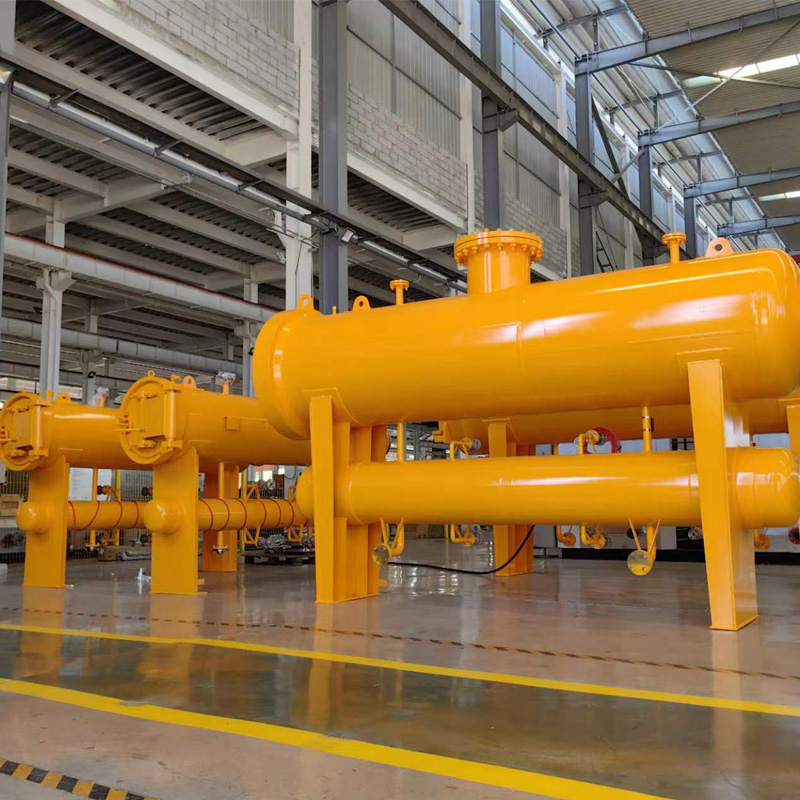
Jul . 25, 2024 13:00
Back to list
Understanding the Functionality and Importance of Gas Pressure Regulator Valves in System Design
Understanding Gas Pressure Regulator Valves
Gas pressure regulator valves play a crucial role in various applications, from residential heating systems to industrial processes. These devices ensure that gas pressure remains within a defined range, providing safety, efficiency, and optimal performance. In this article, we will explore the functioning, types, applications, and importance of gas pressure regulator valves.
Functionality of Gas Pressure Regulators
At its core, a gas pressure regulator adjusts the pressure of gas flowing from a source—such as a gas cylinder or a pipeline—to a more usable level. The primary purpose of these regulators is to maintain a consistent output pressure despite variations in input pressure or gas demand. This is essential because fluctuations in gas supply can lead to dangerous situations, such as explosions or inefficient combustion in gas appliances.
Typically, the regulator consists of a spring-loaded diaphragm that reacts to pressure changes. As the inlet pressure drops or rises, the diaphragm moves, adjusting the size of the outlet orifice. This process reduces high pressure to a safe, usable level, ensuring that the equipment downstream receives a stable supply of gas.
Types of Gas Pressure Regulators
Gas pressure regulators come in various types, each designed for specific applications. The most common types include
1. Single-Stage Regulators These regulators reduce pressure in a single step from the input to the output. They are straightforward and typically used in low-pressure applications where precision is not critical.
2. Two-Stage Regulators These regulators reduce pressure in two stages. The first stage lowers the high inlet pressure to an intermediate level, while the second stage further reduces it to the desired outlet pressure. Two-stage regulators are known for providing more stable output pressure and are ideal for applications with significant pressure fluctuations.
gas pressure regulator valve

3. Integral Relief Regulators These regulators incorporate a built-in relief valve that vents excess pressure to prevent over-pressurization. They are especially valuable in safety-critical applications.
4. Back Pressure Regulators Unlike traditional regulators, back pressure regulators control pressure on the inlet side by allowing gas to vent to maintain a set pressure level within the system. They are often used in gas distribution systems.
Applications of Gas Pressure Regulators
Gas pressure regulators are used across many sectors, including
- Residential In home heating systems, water heaters, and cooking appliances to ensure safe and efficient gas usage. - Industrial In manufacturing processes, power generation, and chemical production, where precise gas flow and pressure control are vital for maintaining operational efficiency and safety. - Medical In medical gas delivery systems, such as those used in hospitals, regulators ensure that patients receive the correct gas types and pressures.
Importance of Gas Pressure Regulators
The significance of gas pressure regulator valves cannot be overstated. They contribute significantly to safety, efficiency, and system longevity
- Safety Regulators protect against pressure surges that could cause leaks or explosions, ensuring safe operation of gas systems. - Efficiency By maintaining optimal gas flow and pressure, these devices help reduce fuel consumption and lower operational costs. - Equipment Protection Regulating output pressure protects downstream equipment from potential damage caused by overpressurization, thereby extending its service life.
In conclusion, gas pressure regulator valves are essential components in various applications where gas is used. Their ability to manage pressure effectively ensures the safety and efficiency of systems relying on gas, making them indispensable in both residential and industrial contexts. By understanding their functionality and importance, stakeholders can appreciate the vital role these devices play in everyday life and various economic sectors.
Latest news
-
Safety Valve Spring-Loaded Design Overpressure ProtectionNewsJul.25,2025
-
Precision Voltage Regulator AC5 Accuracy Grade PerformanceNewsJul.25,2025
-
Natural Gas Pressure Regulating Skid Industrial Pipeline ApplicationsNewsJul.25,2025
-
Natural Gas Filter Stainless Steel Mesh Element DesignNewsJul.25,2025
-
Gas Pressure Regulator Valve Direct-Acting Spring-Loaded DesignNewsJul.25,2025
-
Decompression Equipment Multi-Stage Heat Exchange System DesignNewsJul.25,2025

